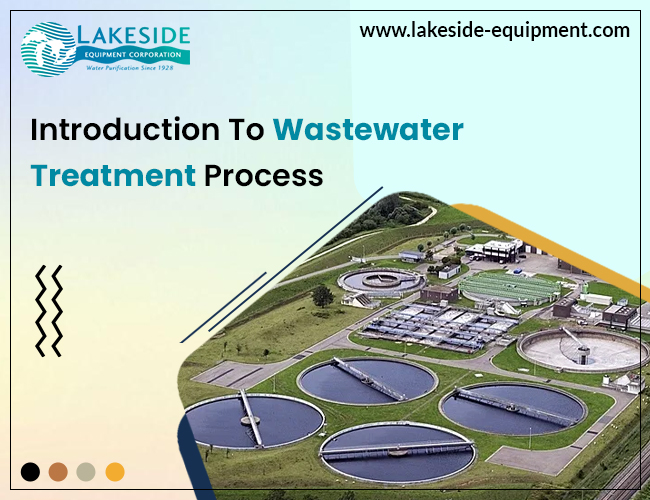Wastewater treatment offers a sustainable long-term and short-term solution to water scarcity. Wastewater accounts for the water used by industrial/commercial establishments and residences that has become too polluted for further use.
Process of wastewater treatment
There are different stages of wastewater treatment. The preliminary stage makes use of huge filtering screens like wastewater bar screen to remove solid inorganic material like plastic, metal and paper. This is then succeeded with the removal of grit and silt.
After wastewater inorganic removal, the water is passed through a primary sedimentation tank in the primary stage where solid particles of organic material get removed by gravity settling at the bottom of the tank. This water then undergoes a biological process called activated sludge process which utilizes natural occurring micro-organisms to break down suspended and dissolved organic solids.
The settled wastewater then goes into aeration tanks where air is blown into the water to provide oxygen that promotes growth of microorganisms. These microorganisms consume the nutrients and organic pollutants in the wastewater.
In the third stage called tertiary stage, clarified wastewater is passed into a tank. In this stage, chlorine is used for removing biological pathogens in the clarified wastewater that can pose a risk to human health.
